
Text source: The Oxford Dictionary of Art and Artists (Oxford University Press)
1888–1960
British, English

Text source: The Oxford Dictionary of Art and Artists (Oxford University Press)
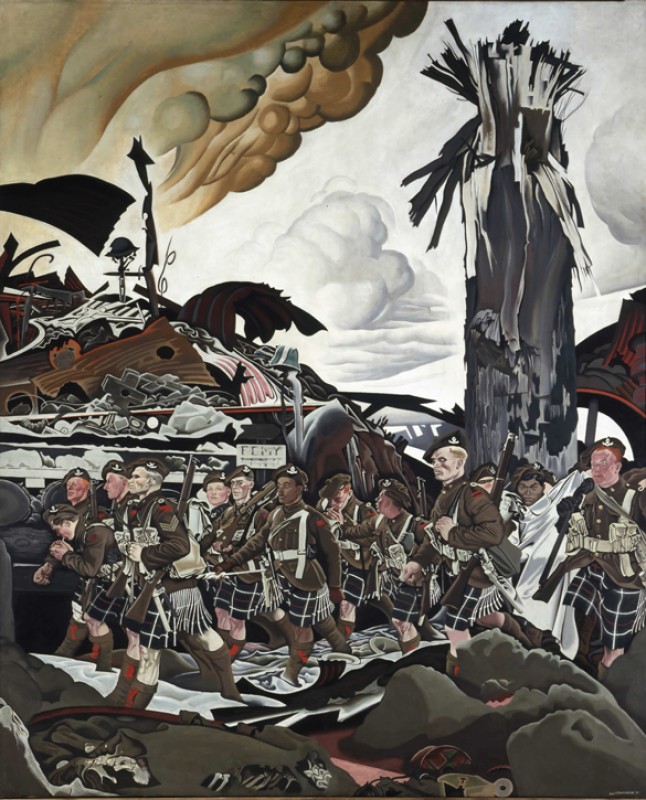
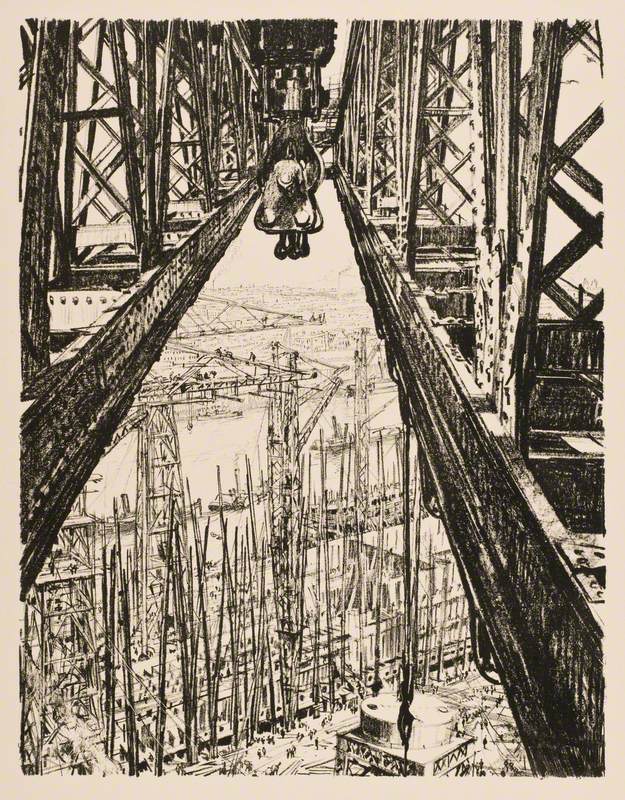
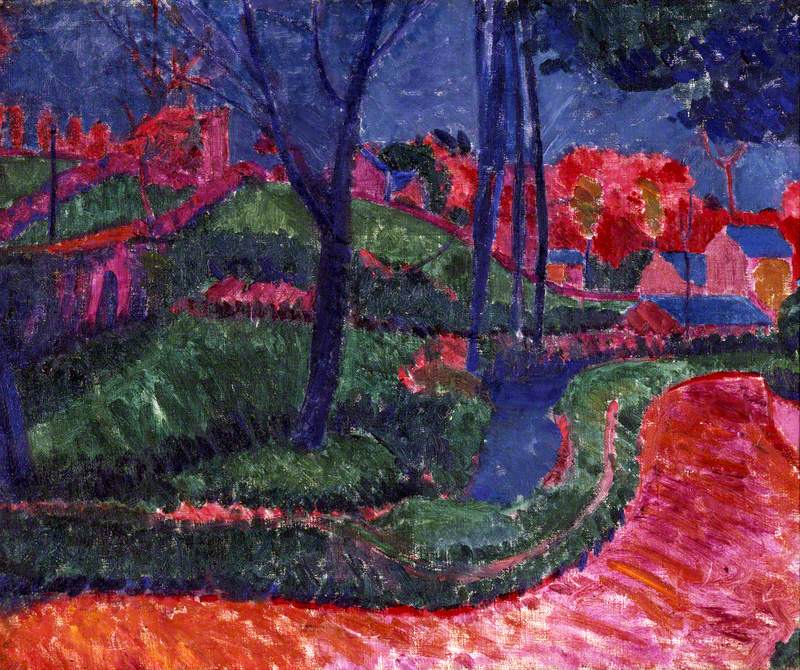
Andrew Shore
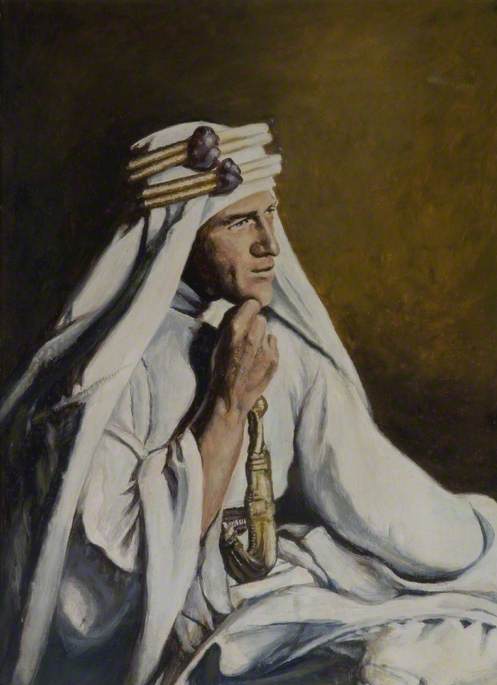
Charles Grosvenor
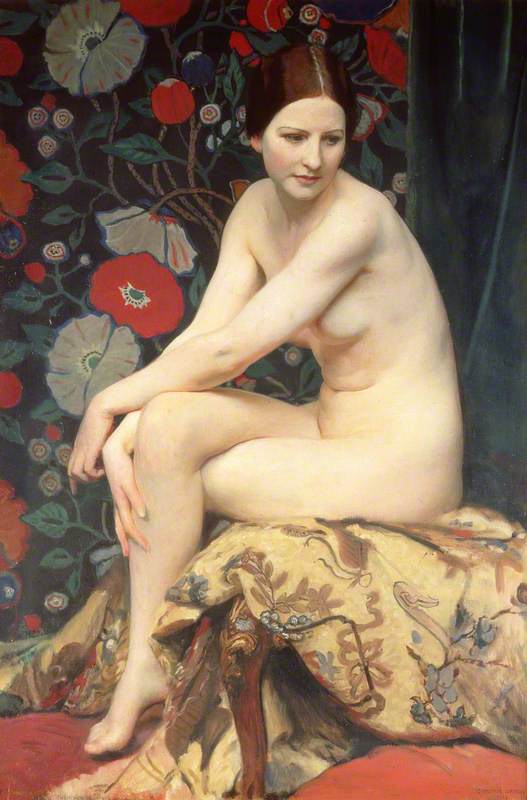
Andrew Shore
With thanks to artbiogs.co.uk
Eric Henri Kennington [commonly known as Eric Kennington] was born in Liverpool, England on 12 March 1888, and was the son of the painter Thomas Benjamin Kennington (1856-1916). He studied at Lambeth School of Art in London from 1905 to 1907, and at the City and Guilds School in London.
During World War One he served in the Army in France until June 1915 when he was invalided out. He returned to France in 1916 as an Official War Artist, a post he held until 1919. In 1921, Kennington spent five months in Arabia which resulted in a series of portrait drawings for T.E. Lawrence’s book ‘Seven Pillars of Wisdom’ published in 1926. He also produced a bronze bust of Lawrence that year and in 1939 made a recumbent effigy of him for his tomb in St Martin's church, Wareham, Dorset.
During the 1920s and 1930s Kennington worked primarily as a painter and sculptor. A photograph of a bronze bollard, designed and executed by him is illustrated in 'The Studio Yearbook of Decorative Art' 1926 (p.176). In 1929 he made a full-length bronze of the writer Thomas Hardy for Hardy's birthplace, Dorchester in Dorset. and in 1930 he created figures in carved stone for the facades of the Shakespeare Memorial Theatre in Stratford-upon-Avon.
Between 1940-43 Kennington again served as an Official War Artist. In 1944 he painted a series of six posters for London Transport entitled ‘Seeing It Through’ which portrayed everyday heroism of London Transport workers in wartime. He also illustrated books on the work of the Home Guard and the Royal Air Force.
In the mid-1940s he painted a portrait of William Pickford, a Derbyshire quarryman, for an advertising campaign for Imperial Chemical Industries (ICI) which featured portraits of workers in industry.
Kennington exhibited at the Royal Academy in 1920 and 1921, and then every year from 1951 until [posthumously] 1961 [1]. He also exhibited at the Alpine Club Gallery, the Beaux Art Gallery, the Chenil Gallery, the Fine Art Society, the Goupil Gallery, the International Society, the Leicester Galleries, the Royal Society of Portrait Painters, and the Royal Institute of Oil Painters in London, and the Walker Art Gallery in Liverpool. He was elected an Associate of the Royal Academy (ARA) in 1951 and a Royal Academician (RA) in 1959.
During the last fifteen years of his life, he concentrated on producing sculptures for church interiors
He lived for many years in Ipsden, Oxfordshire and died in Reading, Berkshire on 13 April 1960.
___
[1] The Dictionary of National Biography states that Kennington was born in Liverpool, however, official records show that he was born in Chelsea, London; also, that he first exhibited at the Royal Academy in 1909 but this appears not to be the case. His father, T. B. Kennington exhibited at the RA that year.
Text source: Art History Research net (AHR net)